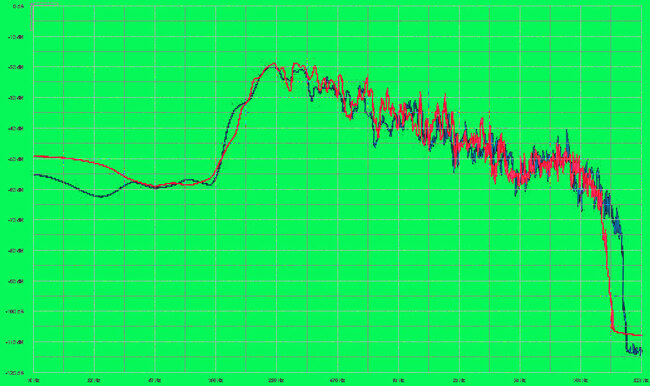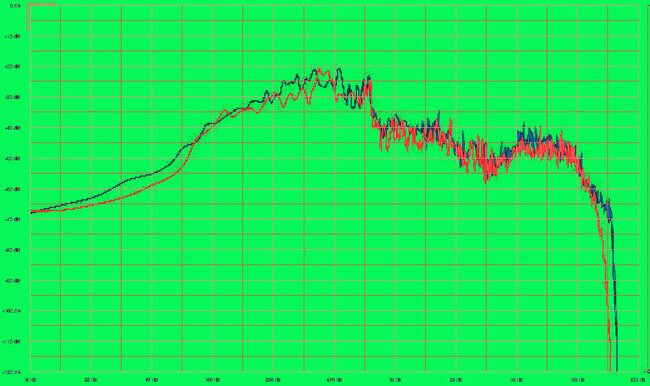
StudioBard ipDTL
Tests
Nancy-HQ-IPDTL
Nancy's connection speed = 600k
Nancy-ISDN
Jeffrey-HQ-IPDTL
Jeffrey's connection speed = 900k
Jeffrey ISDN
Dave-HQ-IPDTL
Dave's connection speed = 1187k
Dave-ISDN
NEW!
I now have a Link+ account with ipDTL, which enables me to connect directly to you to help you get ipDTL up and running at your studio, so that you can try it out yourself without having to spend a dime!
All you need is the Chrome browser on your computer, and a way to get your microphone input to your computer.
Click HERE TO CONTACT US!
I have embarked on a "mission" to do some exhaustive testing of a web app called "ipDTL" (ipdtl.com), and will attempt to present my results on theis page, as well as to encourage others to listen and post their comments and observations.
However, I believe it is important to compare "apples to apples" where possible, and to be as technical and scientific about it as one can, in order to make educated choices, especially when it comes to areas that are mission critical for those of us in the recording inducstry, and more specifically the voice over industry.
For the following tests, I connected to the voice talents in their studios first using ipDTL's "Standard" connection, reported to be at 72k, then ipDTL's "HQ" connection, reported to be at 128k, then finally an ISDN connection at 64k. I also included a Skype to Skype connection because I find it interesting that while Skype is not at all reliable for peer-to-peer recording, it can be used as a very high quality telephone-style patch.
I have only posted the "HQ" ipDTL and the ISDN files on this page for brevity, however, the othe files are included in the downloadable package mentioned below.
My connection speed is above 2500k, and my studio setup is such that I can record directly from ipDTL into Pro Tools and WaveFrame simultaneously.
Also, I have provided the native files (16 or 24 bit/28khz .wav files as a downloadable .zip file for you here:
as I believe that if you are going to make any real comparisons between the ipDTL recordings and the ISDN recordings, you need the native files and you need to monitor in a studio or at least on some high quality headphones.
My observation is that there is less warmth and low end in the ipDTL recording, and also it has quite a few artifacts in it (they present as having that "burble" or "underwater" sound).
However, the "HQ" ipDTL recordings exhibit much less artifact than the "Standard" ones.
I also detect a slightly "tubey" or "in a tunnel" sound in the ipDTL files, whereas the ISDN recordings, while still sounding compressed and frequency starved, seem a bit more open to me.
In Jeffrey's recordings, there is a similar lack of warmth and low end in the ipDTL recording,but to a lesser extent. It also has a few artifacts in it (they present as having that "burble" or "underwater" sound).
...Slightly noticeable in the word "than"
about 2/3rds of the way through ("...our countdown of sequels better THAN the originals...")
...and very pronounced in the word "definitely"
close to the end (..."This leads to what is definitely...)
I do not detect any artifacts or burbles in Dave's ipDTL recording.
I do perceive the tonal quality to be thinner, and less "rich" sounding (although if you compared the ISDN recording to the native wave file, you would hardly call it "rich"
The frequency analysis seems to confirm what I am hearing...you'll notice that between 100Hz and 1 kHz, there are higher peaks in the ISDN recording, however, between 1kHz and 10kHz, there are more peaks in the IPDTL recording. Also, you will notice that the frequency response of the ISDN recording in the high end falls of sooner in the IPDTL recording than in the ISDN recording.
One more thing to note is that Dave's connection speed is higher than Jeffery's and much higher than Nancy's. This might lead one to conclude that although ipDTL works at lower speeds, sound quality is definitely adversely affected by the connection speed. I am not a Source Connect user, but I believe they (and other) IP based products manage the bandwidth issue by buffering and introducing latency. It seems that ipDTL has a different idea?
Here is some interesting visual data which compares frequency response between the ipDTL and ISDN recordings:
(ipDTL is the RED line and ISDN is the BLUE line
(The scale on the left is level in db, and the scale along the bottom is frquency. Apologies for the fuzzy images, the frequency scale numbers are as follows: 10hz, 22hz, 47hz, 100hz, 220hz, 470hz, 1khz, 2khz, 5khz, 10khz, 22khz. The range of the human voice is really much narrower than this, but this is simply a rough idea of how the frequency response compares.)
As you can see, for Dave's test I expanded the scale to make it easier to read the values, and to exclude frequencies beloww 100hz.
Dave Frequency response comparison:

Nancy Frequency response comparison:

Jeffrey Frequency response comparison
